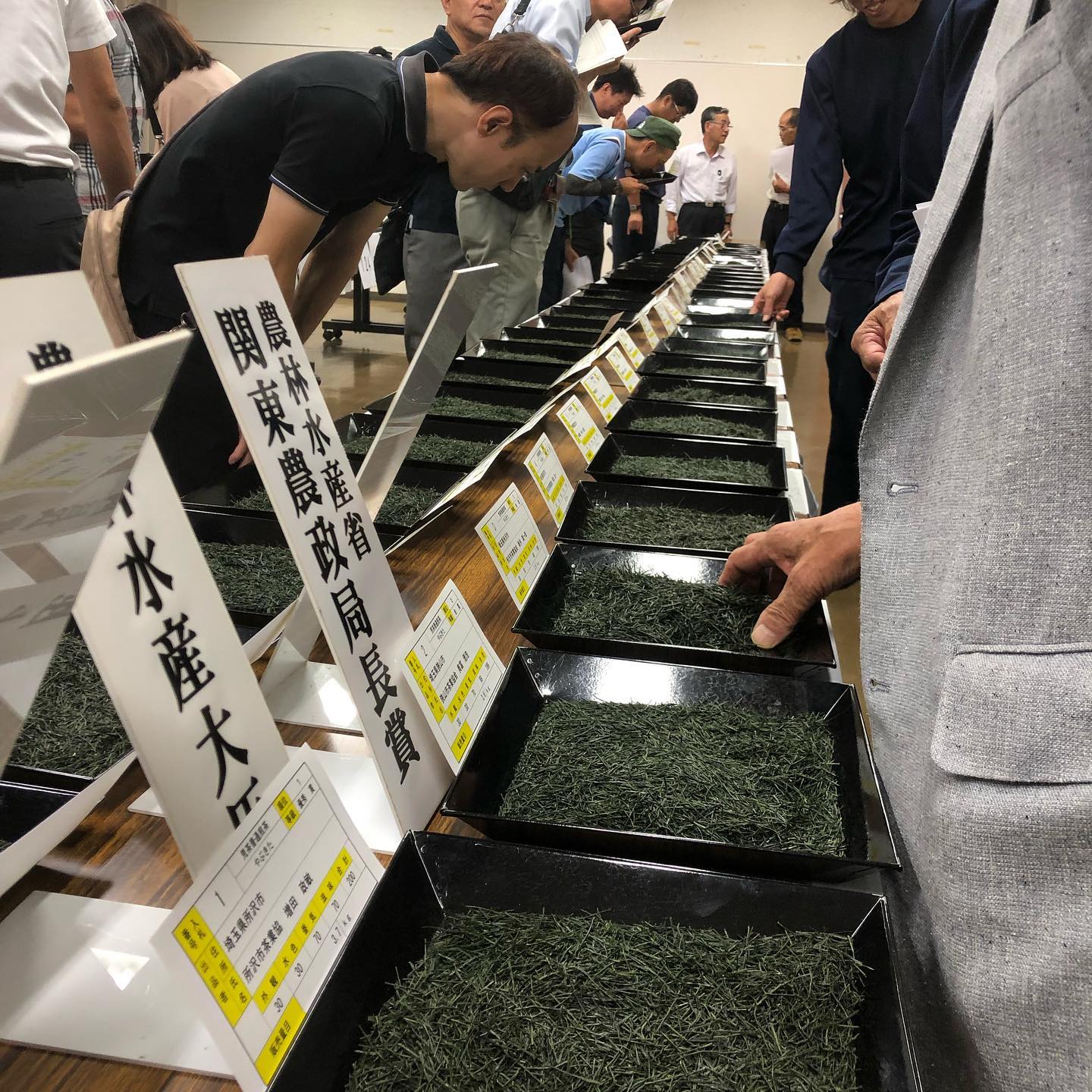While there are many awards for teas (as well as more generic awards for food) held worldwide as well as in Japan, when we refer to "tea competitions" at Yunomi.life we are referring specifically to tea competitions held regionally and nationally throughout Japan that are open only to tea farms (though "farms" may also include coops of farmers or even factories as long as the submission is their own tea field). They may be held in a city, a prefecture, a region of prefectures and there is one National level competition. Often for the larger competitions, you need to have a recommendation from the smaller, more regional competitions to be allowed to submit.
Batches of tea in the below categories can be submitted in 10kg quantities (also in 4kg for certain teas), and only that specific batch is considered the submission batch even if it comes from a production batch that is larger. Farmers will cultivate and harvest their batch specifically for one or multiple competitions, and may even enlist outside help for processing into dry leaf and refinement into a finished leaf. Because they take extra care in crafting these batches, these batches are what I call "Competition Grade" tea.
Competitions are sanctioned by the Ministry of Agriculture, and if there are a certain number of submissions (or if an entry reaches a perfect 200 point), the top award in each category is the Minister's Award. (Note: This criteria needs to be confirmed.). In addition, other awards are given, and entries are also categorized into 1等 (which I translate to Gold Medal Award to match similar competitions globally), 2等 (Silver Medal), and 3等 (Bronze Medal). Within these, the rankings are then categories by "seat" 席 — so an 1等7席 would basically be 7th place. although 2等3席 is 3rd place in the Silver Medal level, but what the overall ranking might be depends on the number of Gold Medal winners.
These competition batches are then auctioned off to approved wholesalers who have the right to bid on the batches. It is a silent auction, and while the bidders will know what the rankings are, a famous farmer might get a higher bid even if their rank or point score is lower....though a higher bid than the top scoring entry is rare.
Source: http://shizuoka-cha.com/69ocha-fes/gaiyou/pdf/69_zenkoku_cha_hinpyokai_kaisai_youryo.pdf
|
Tea Type
|
Internal | External | |||||
| Extraction time | Aroma | Liquid color | Taste (literally "nutriment") | Brewed leaf color | Appearance | TOTAL POINTS | |
| Regular Sencha | 5 min | 75 | 30 | 75 | 20 | 200 | |
| Fukamushi Sencha | 4 min | 70 | 30 | 80 | 20 | 200 | |
| Kabusecha | 6 min | 70 | 30 | 70 | 30 | 200 | |
| Gyokuro | 6 min | 65 | 30 | 65 | 40 | 200 | |
| Tencha | 5 min | 65 | 20 | 65 | 10 | 40 | 200 |
| Steamed Tamaryokucha | 5 min | 75 | 30 | 75 | 20 | 200 | |
| Pan-fired Tamaryokucha | 5 min | 75 | 30 | 75 | 20 | 200 | |
Farmer Tsuji Kiyoharu of Tsujiki Tea Garden accepts his Minister's Award for Tencha the 2022 National Tea Competition.


